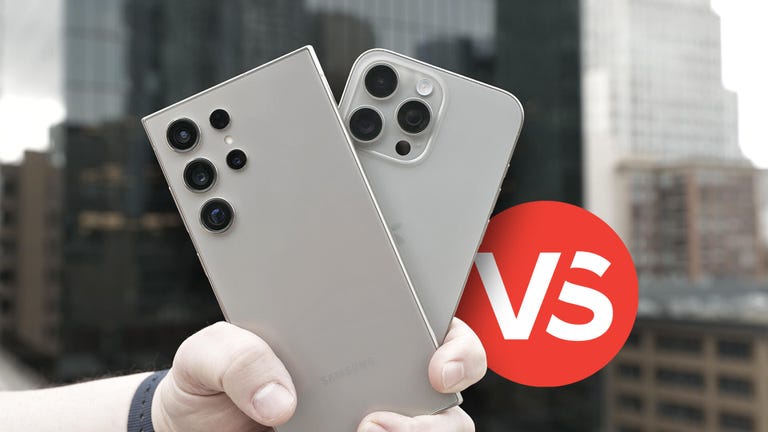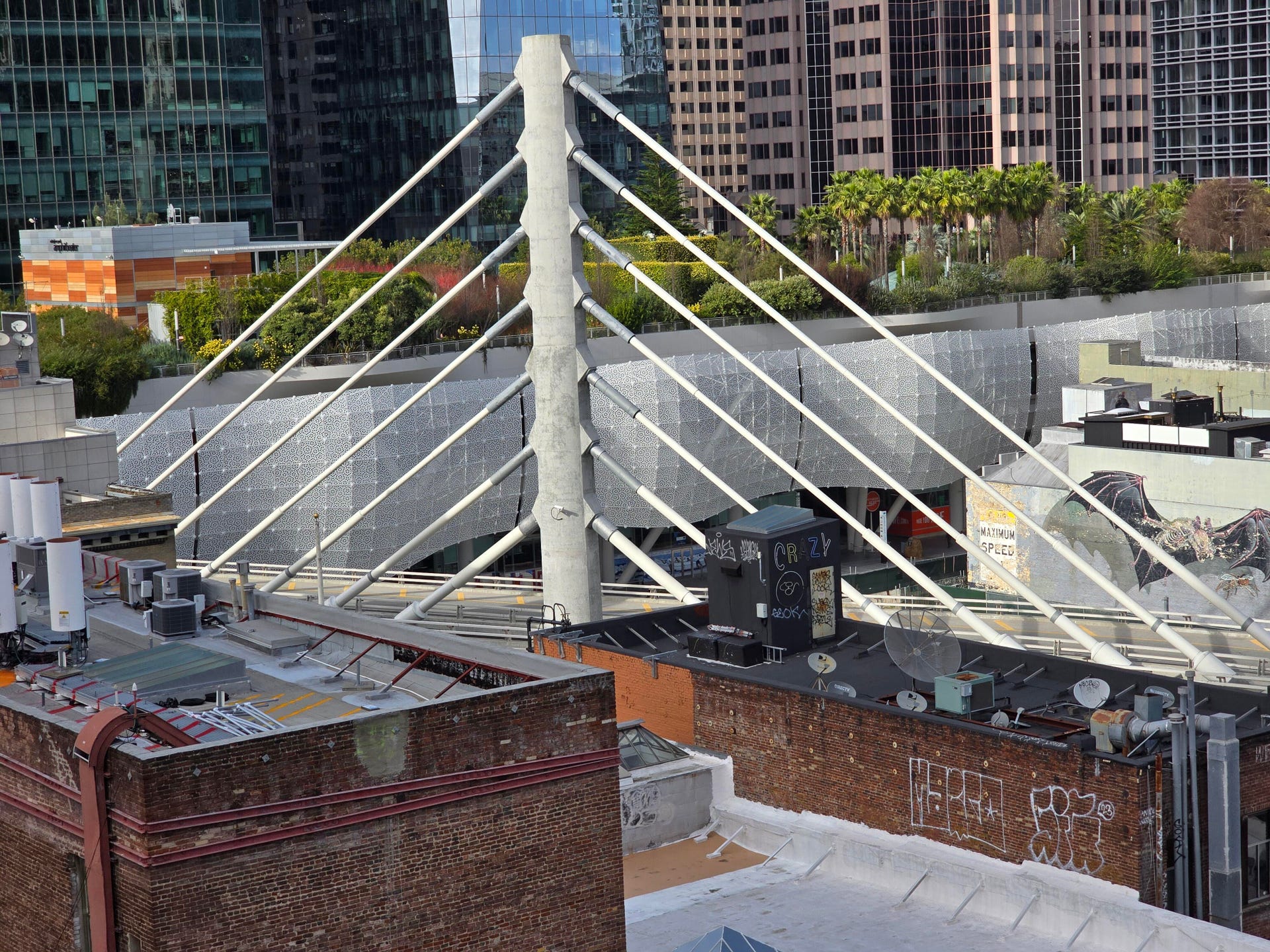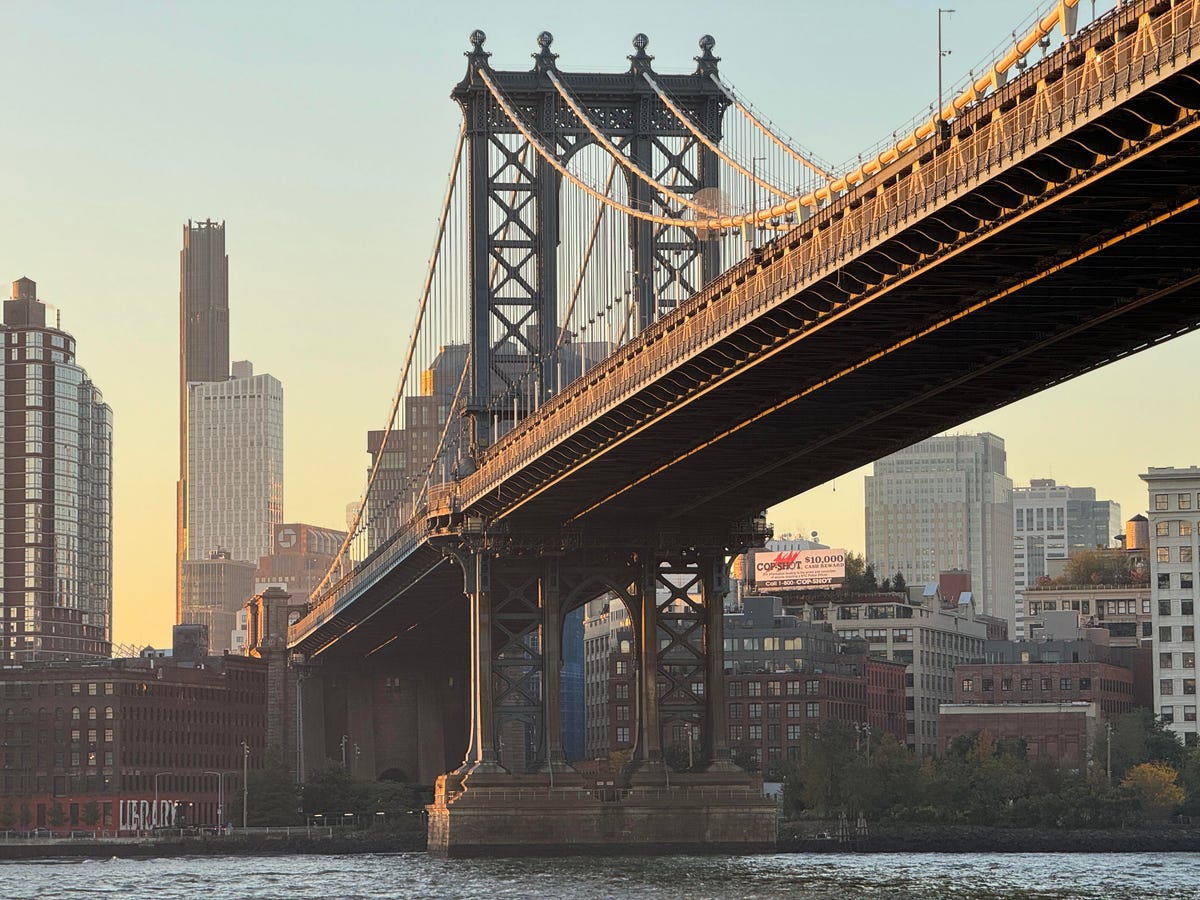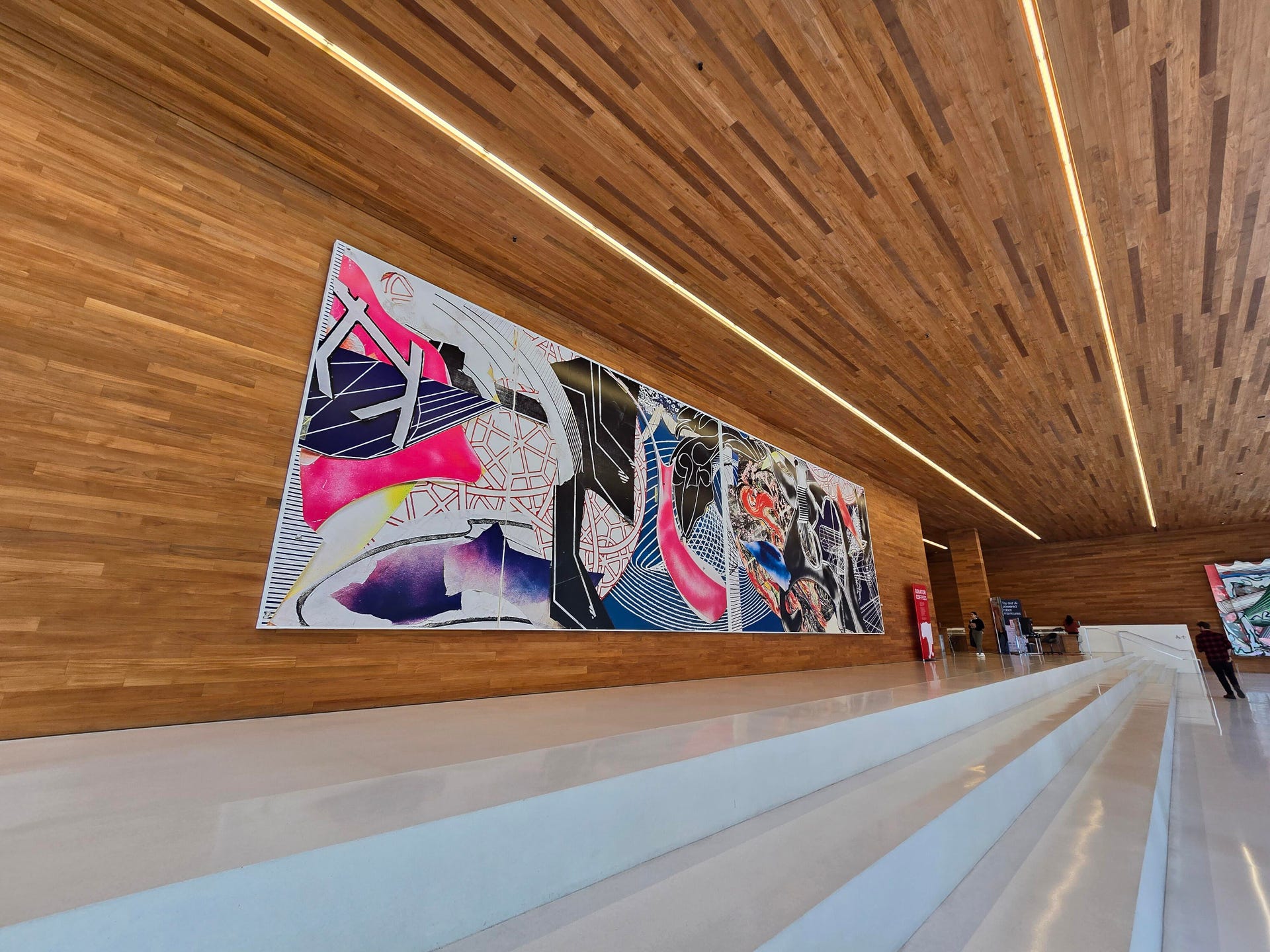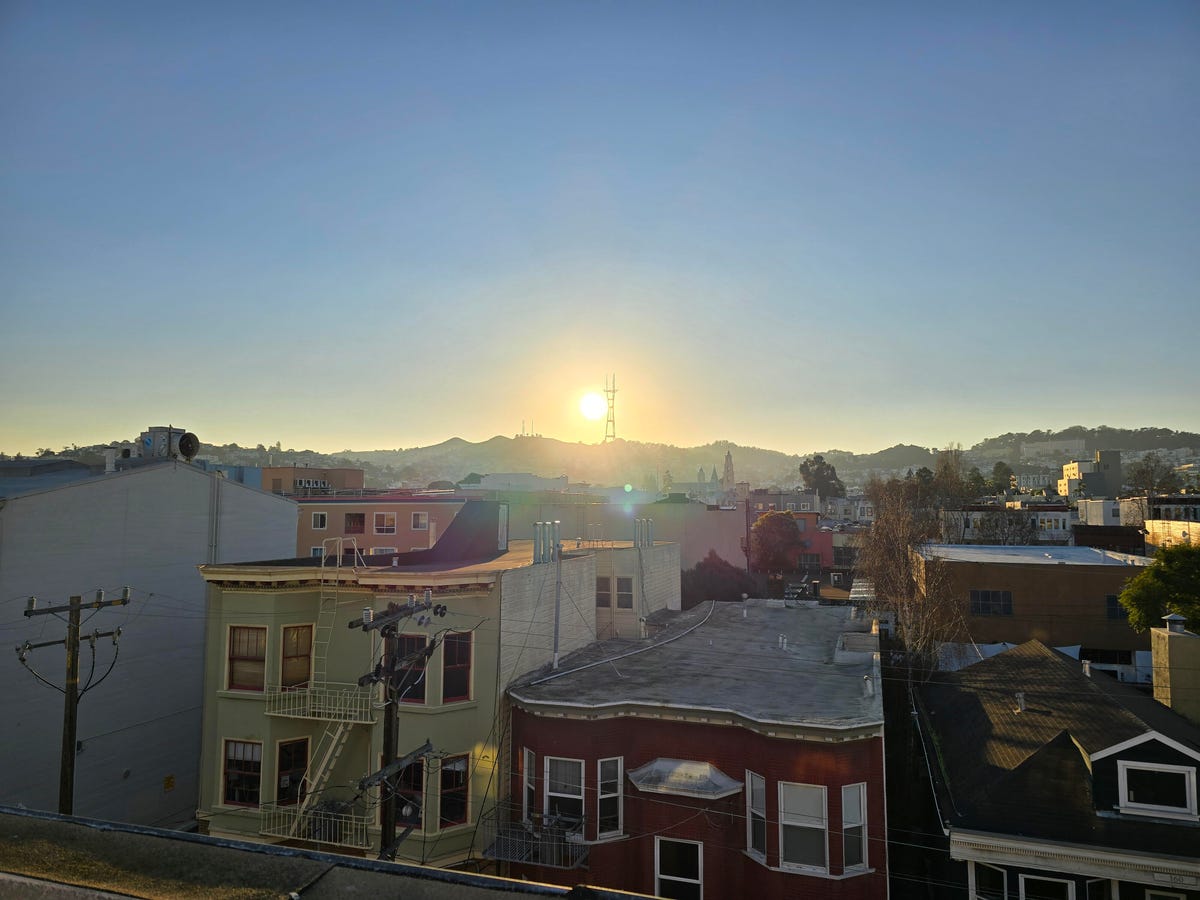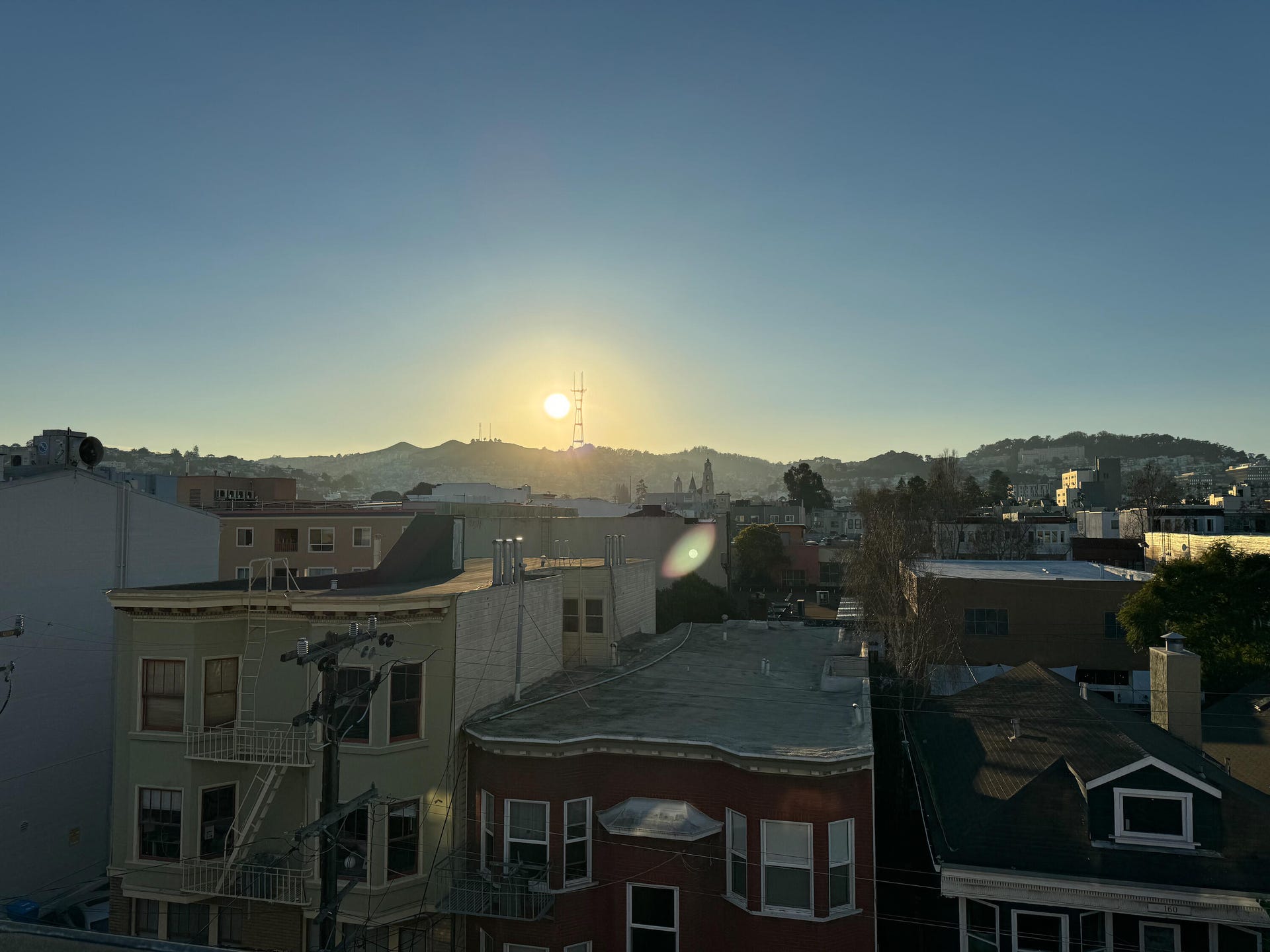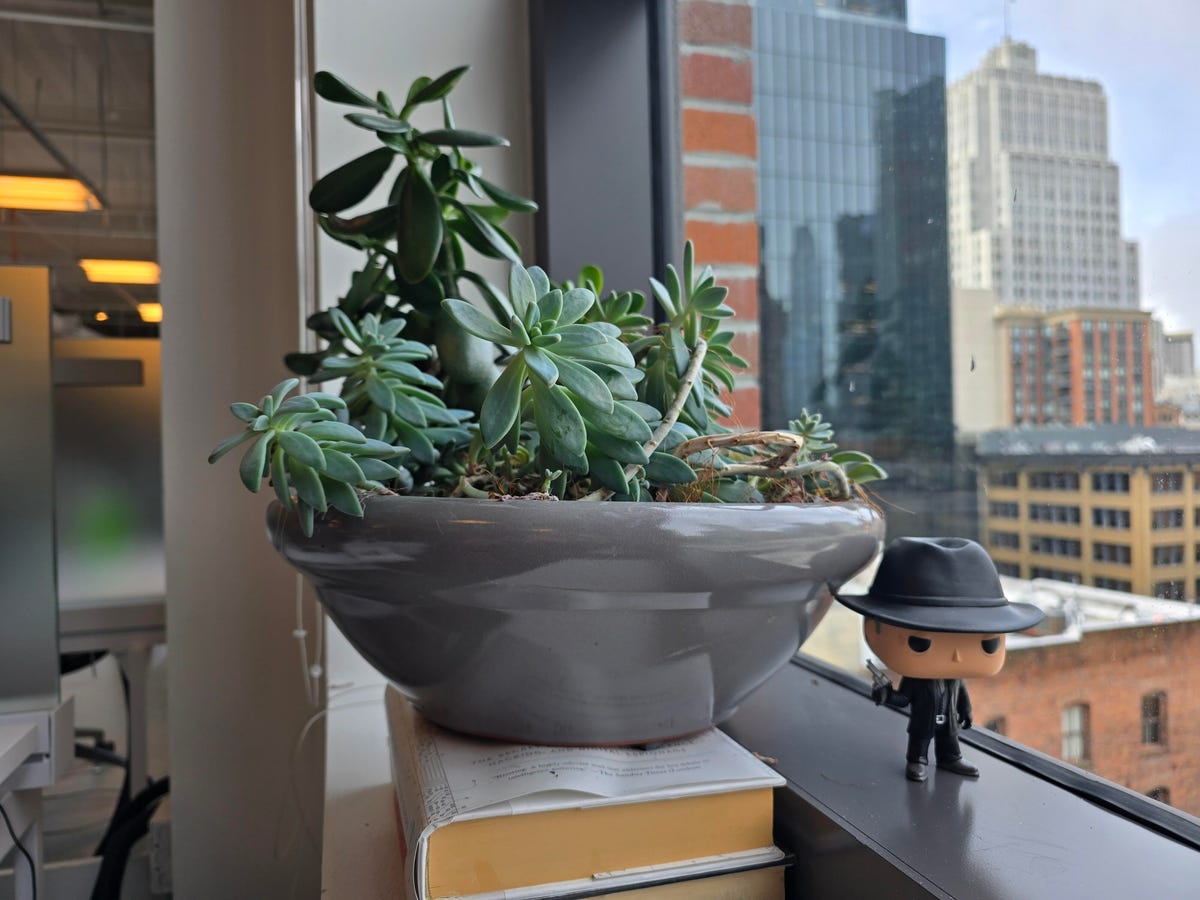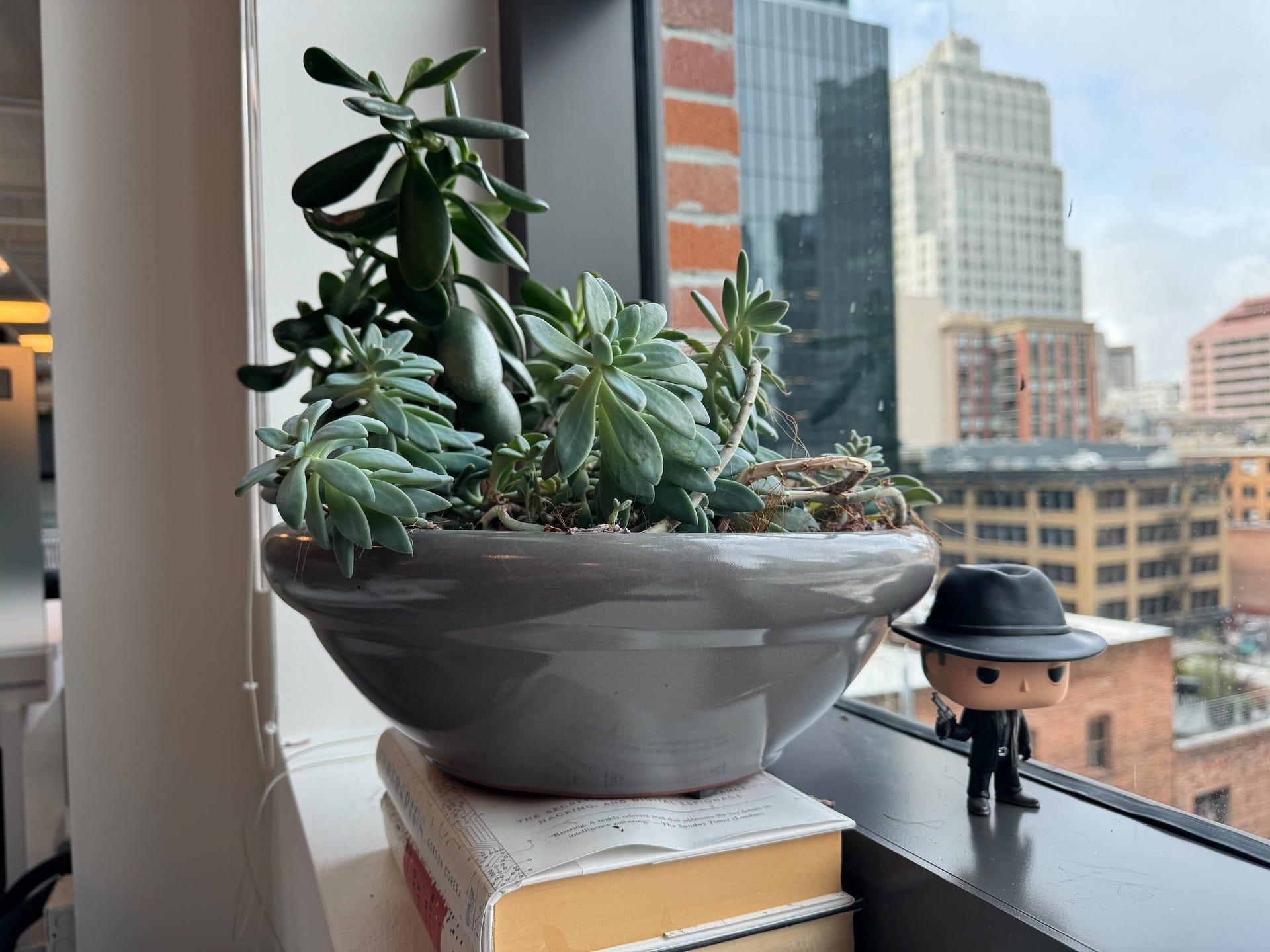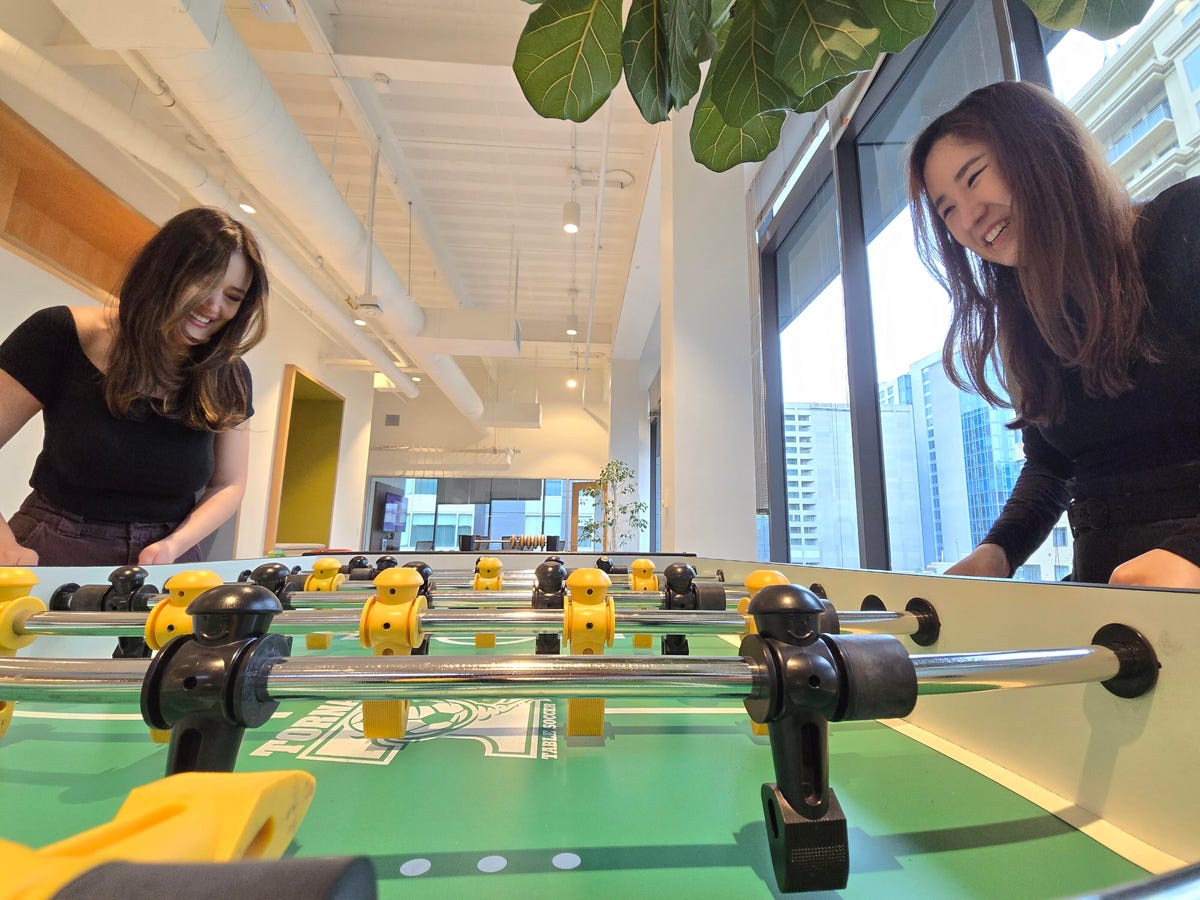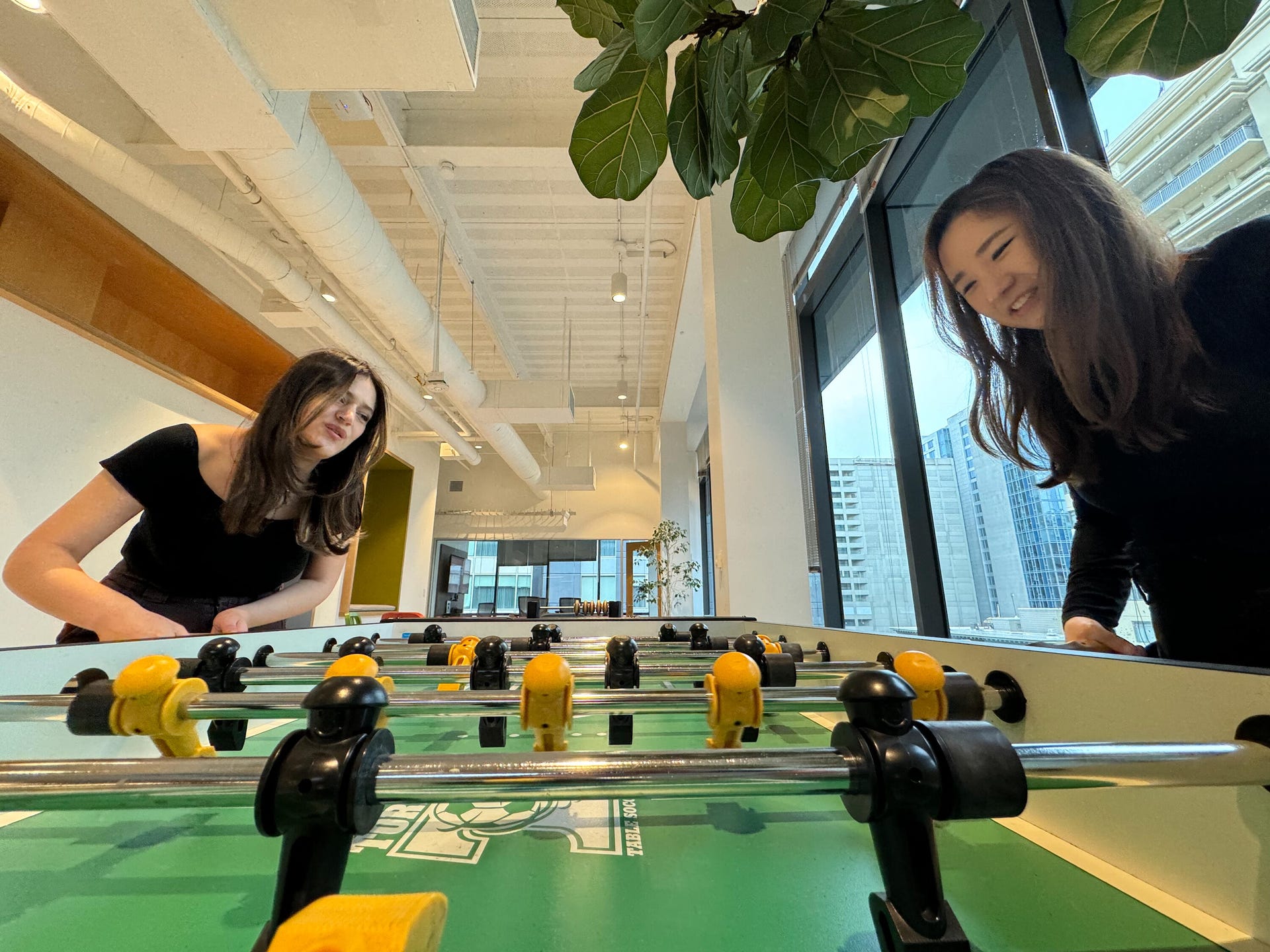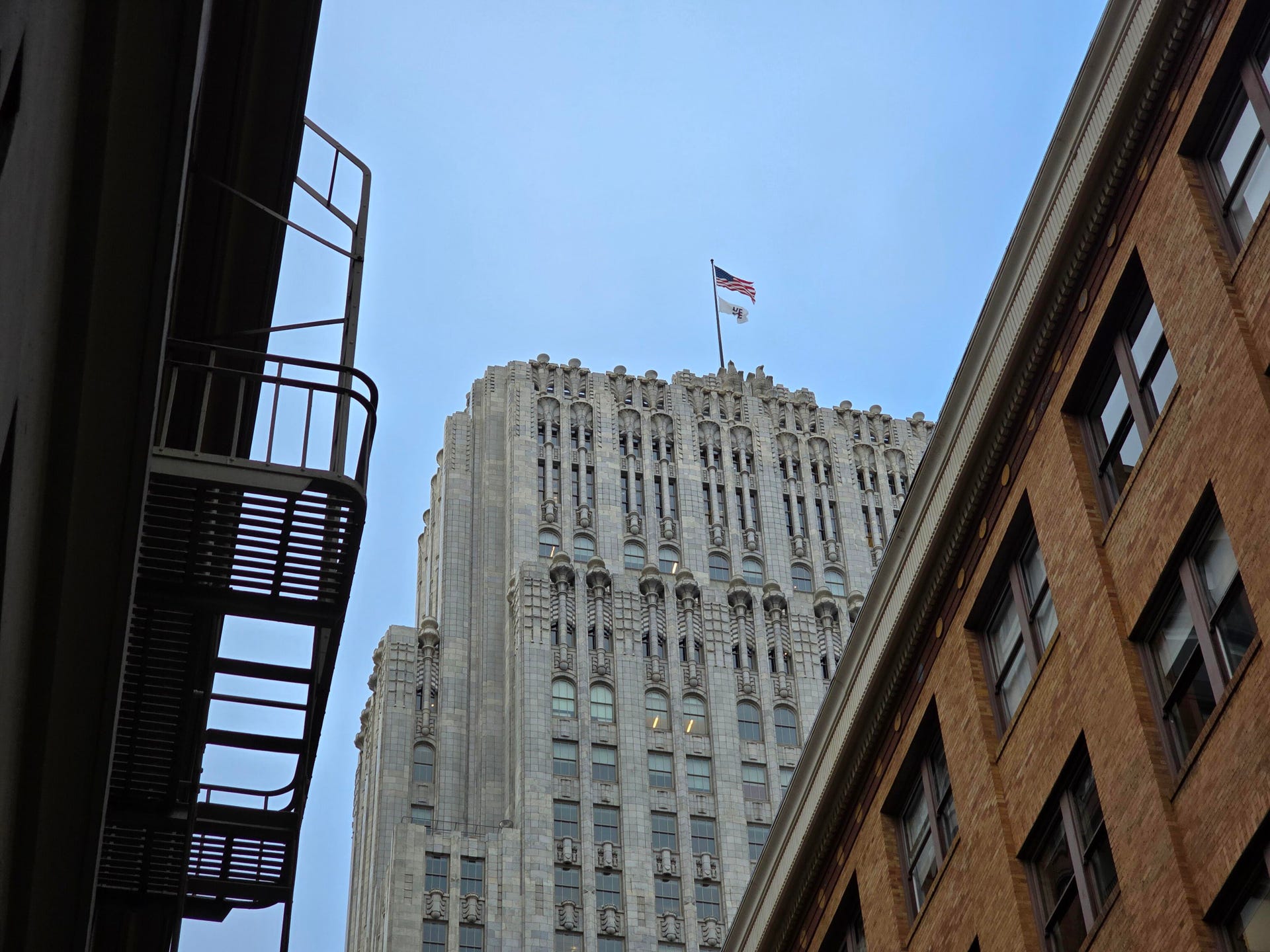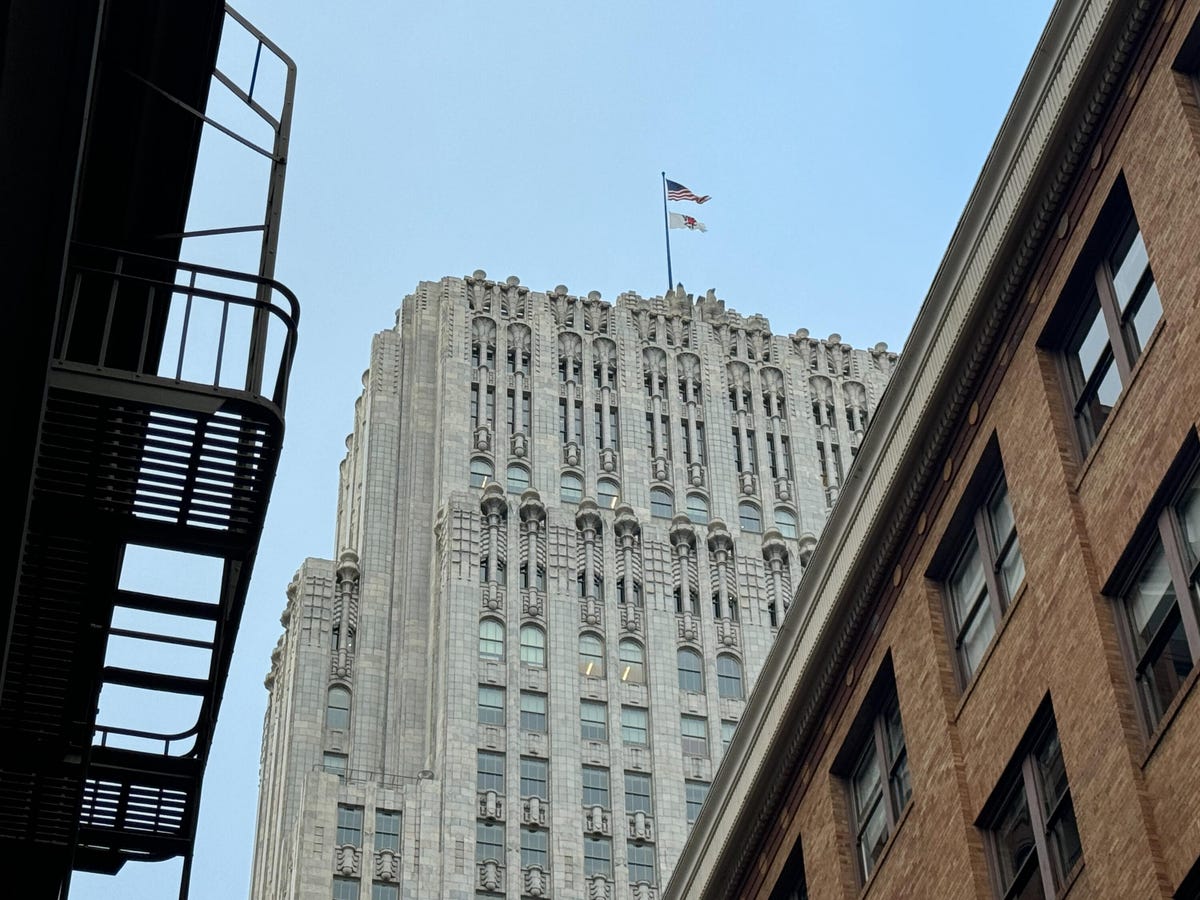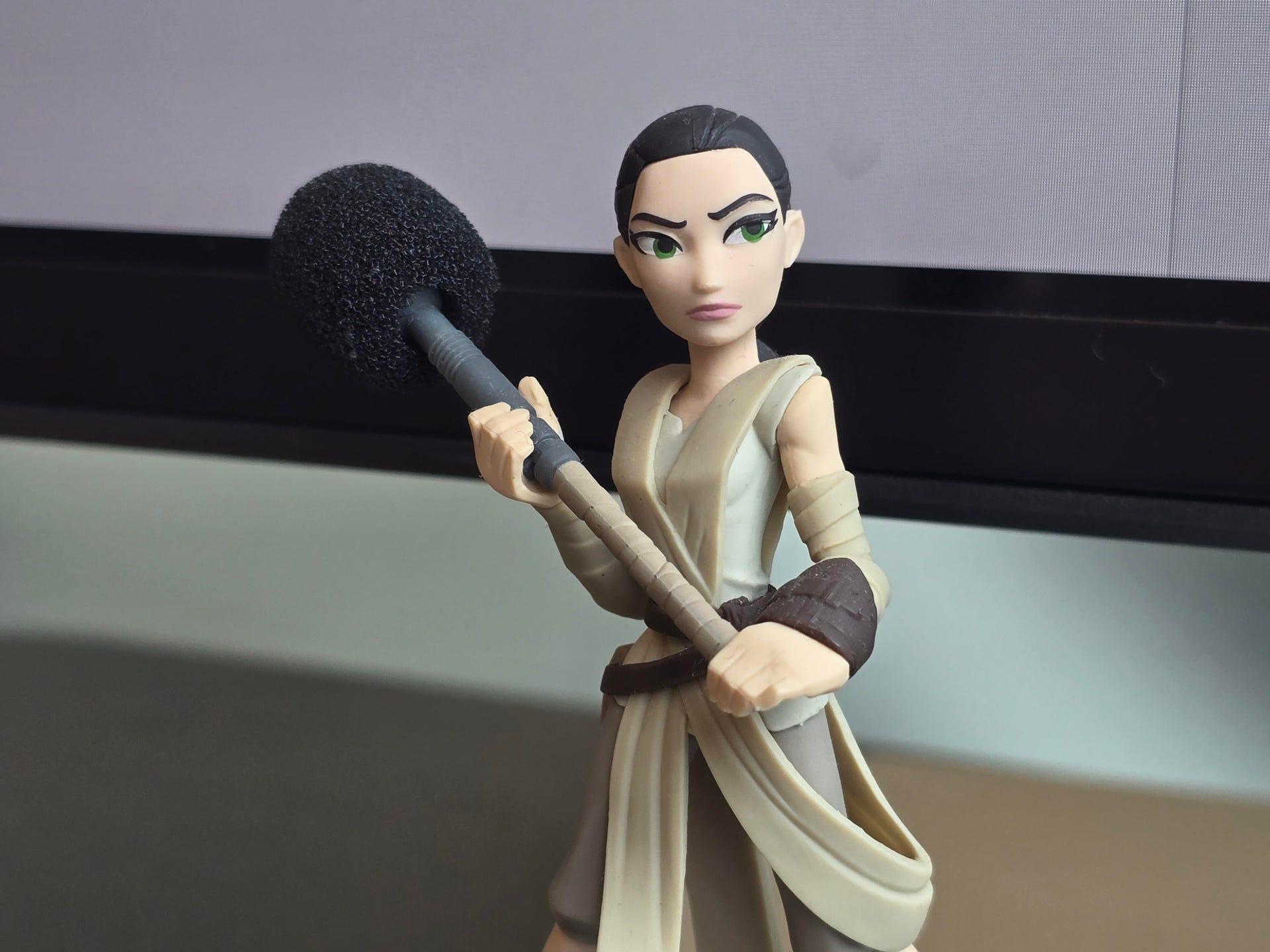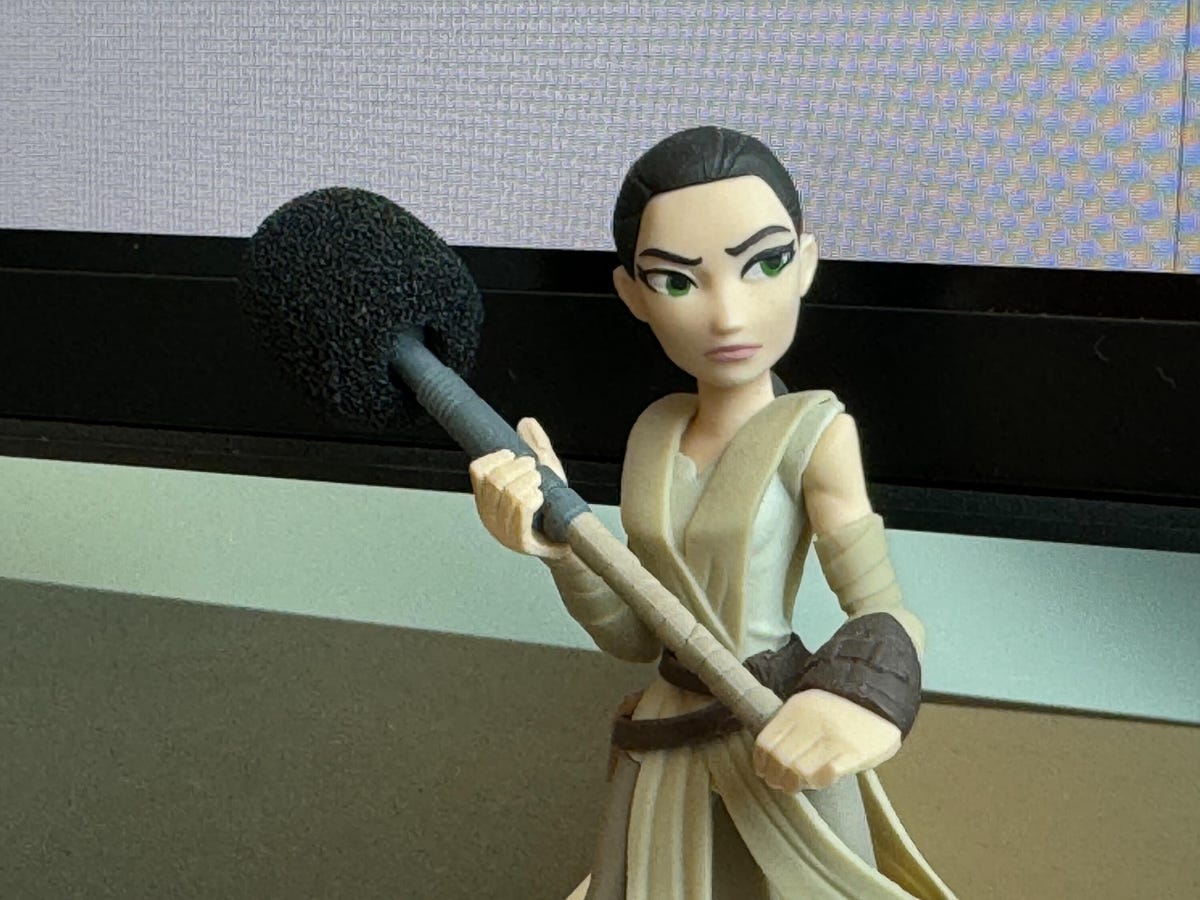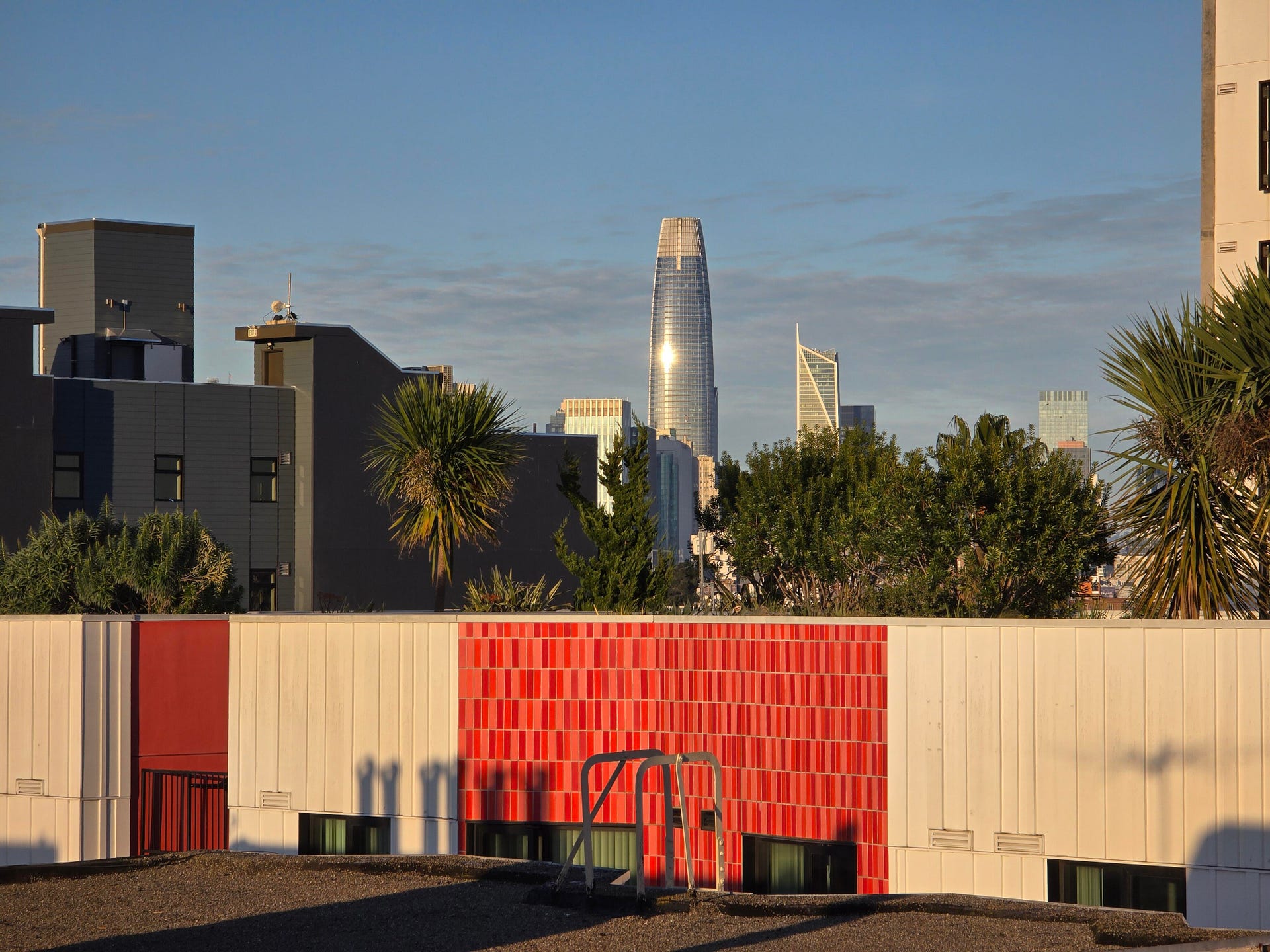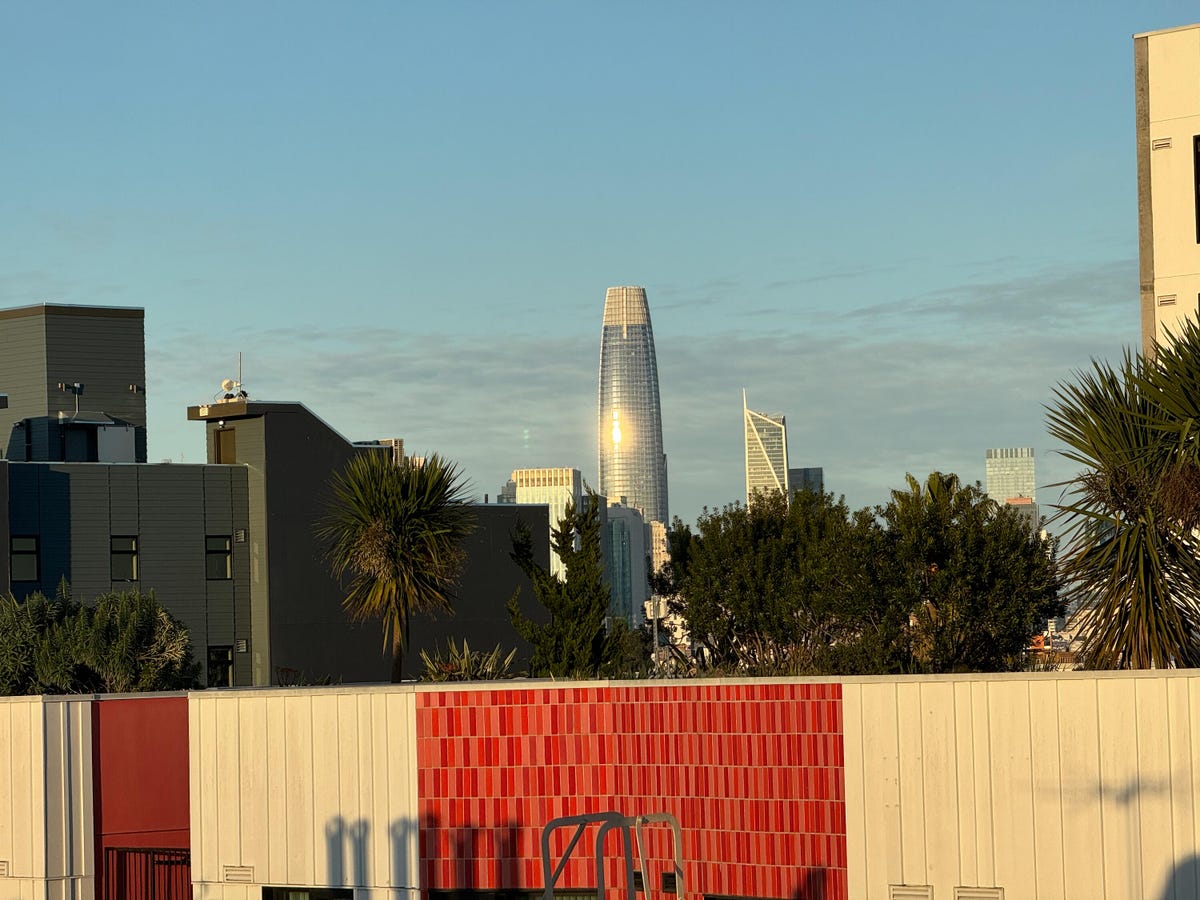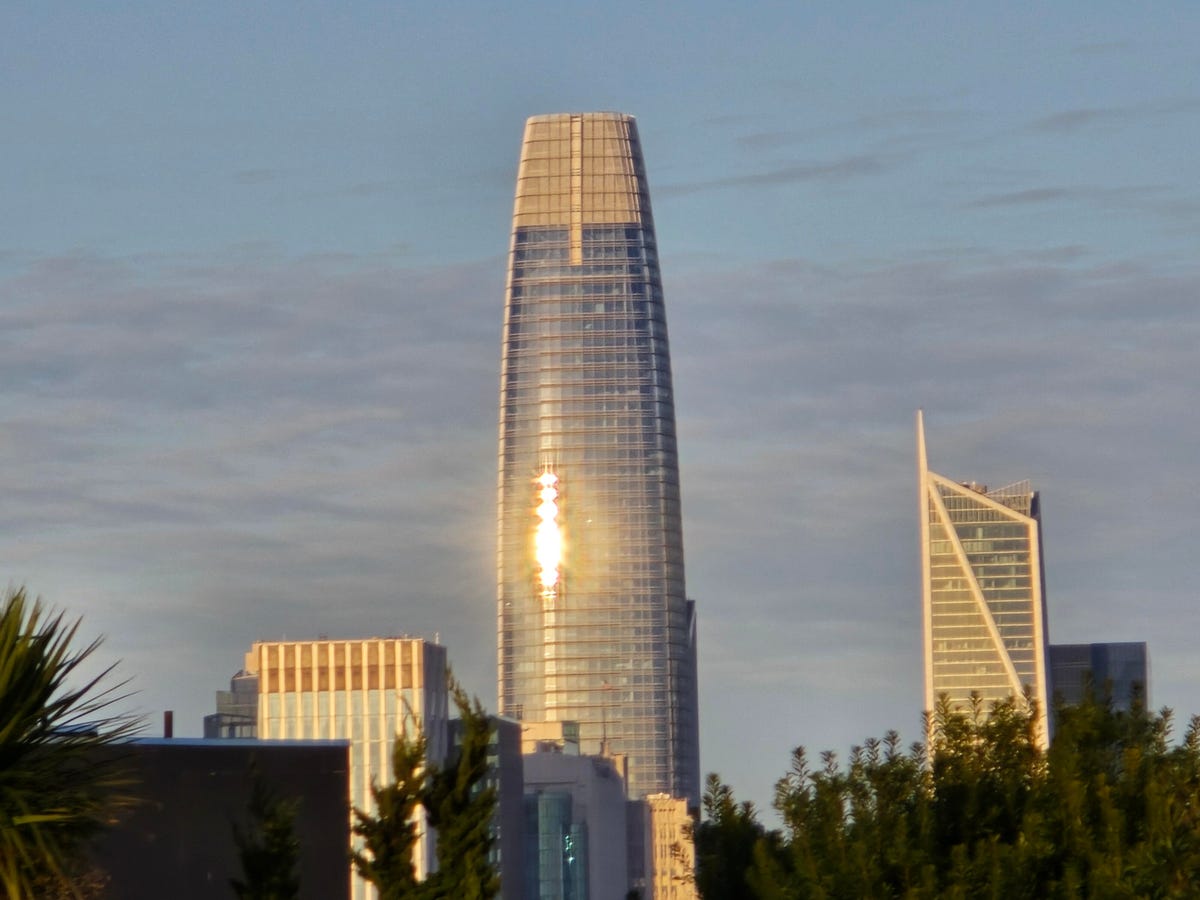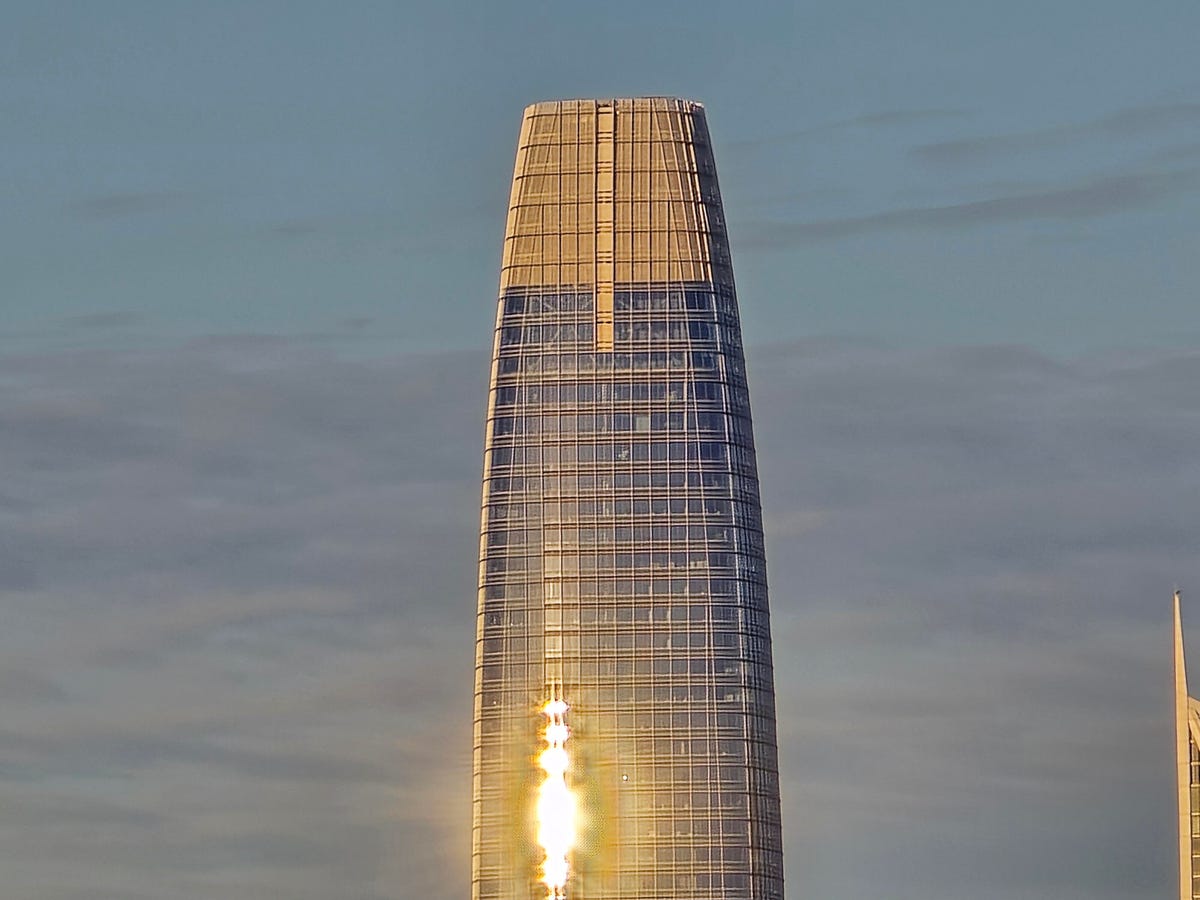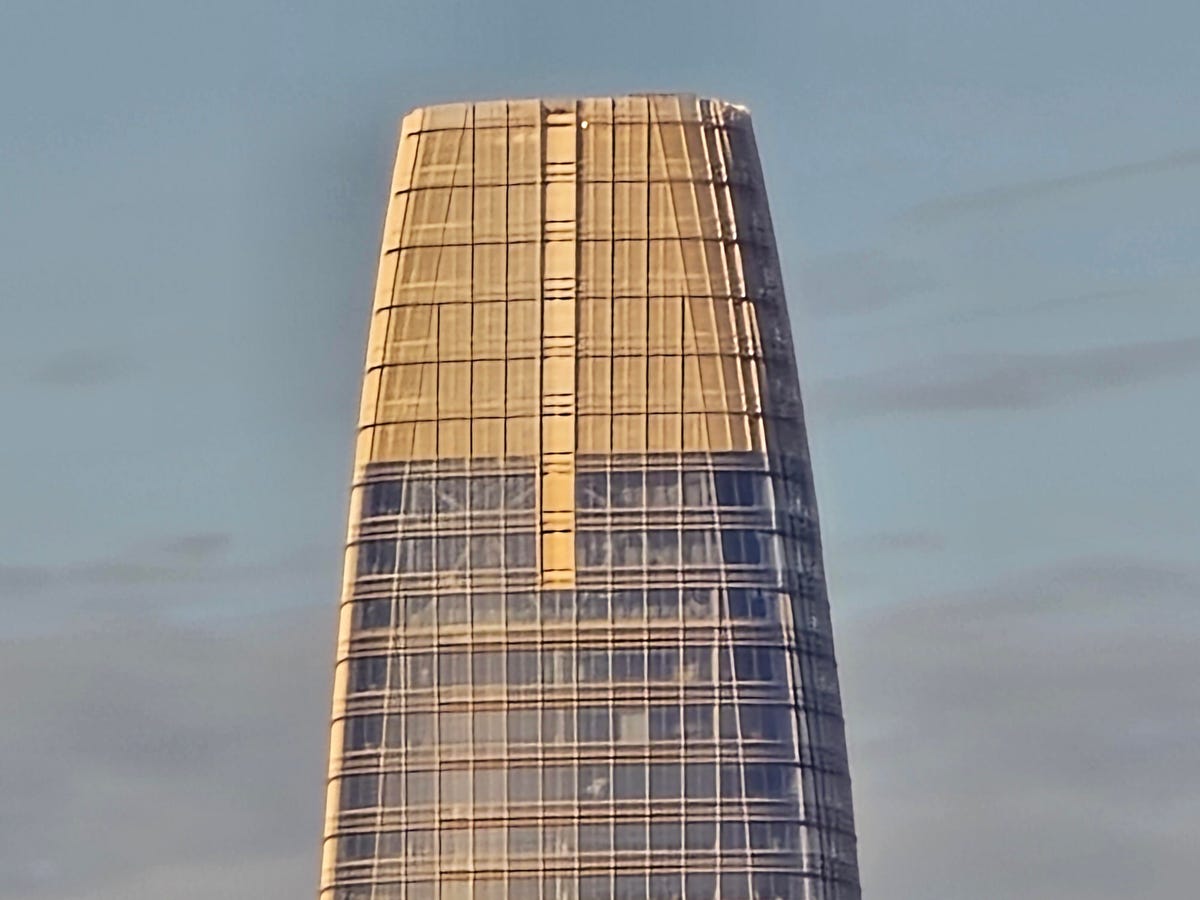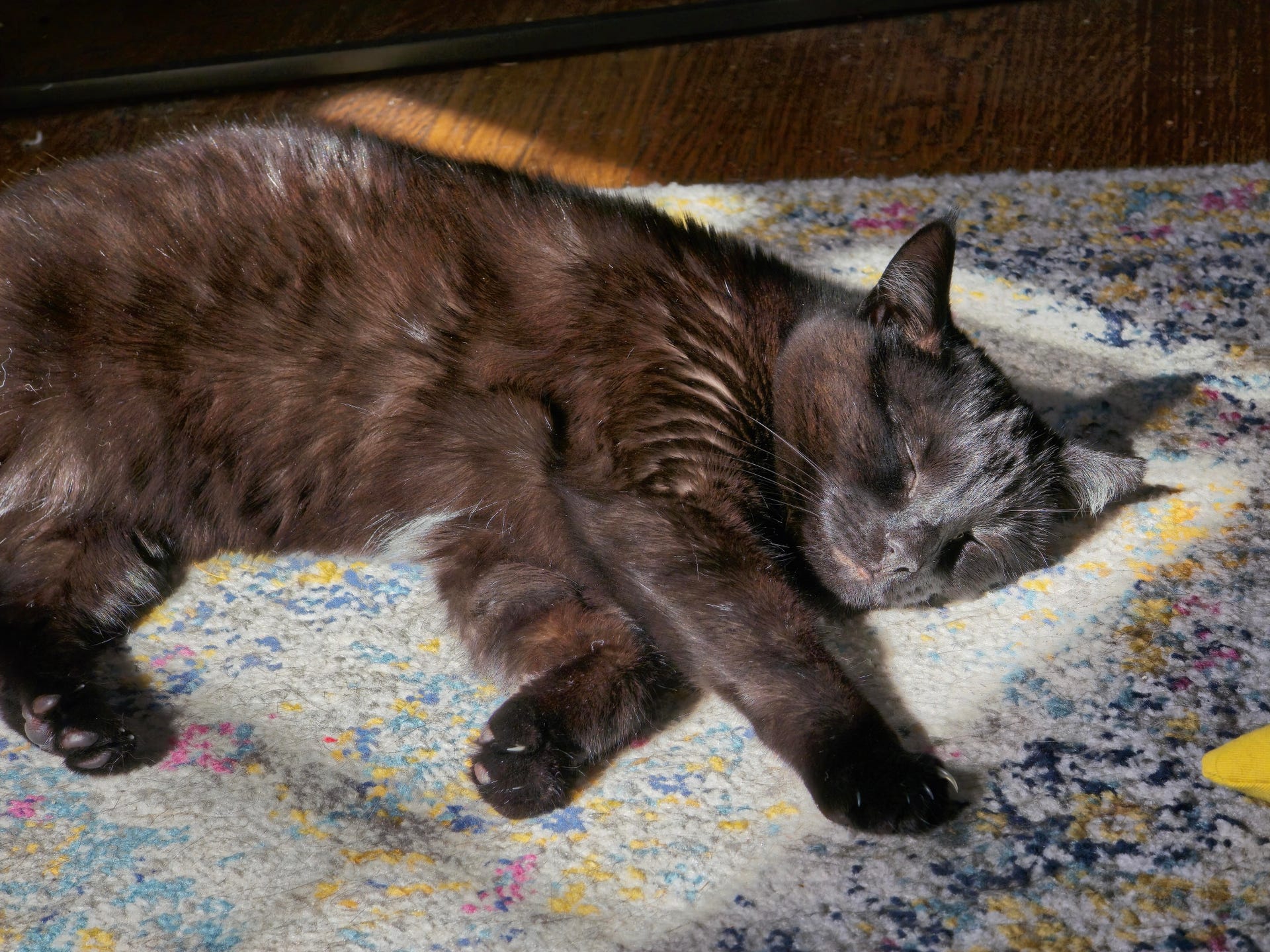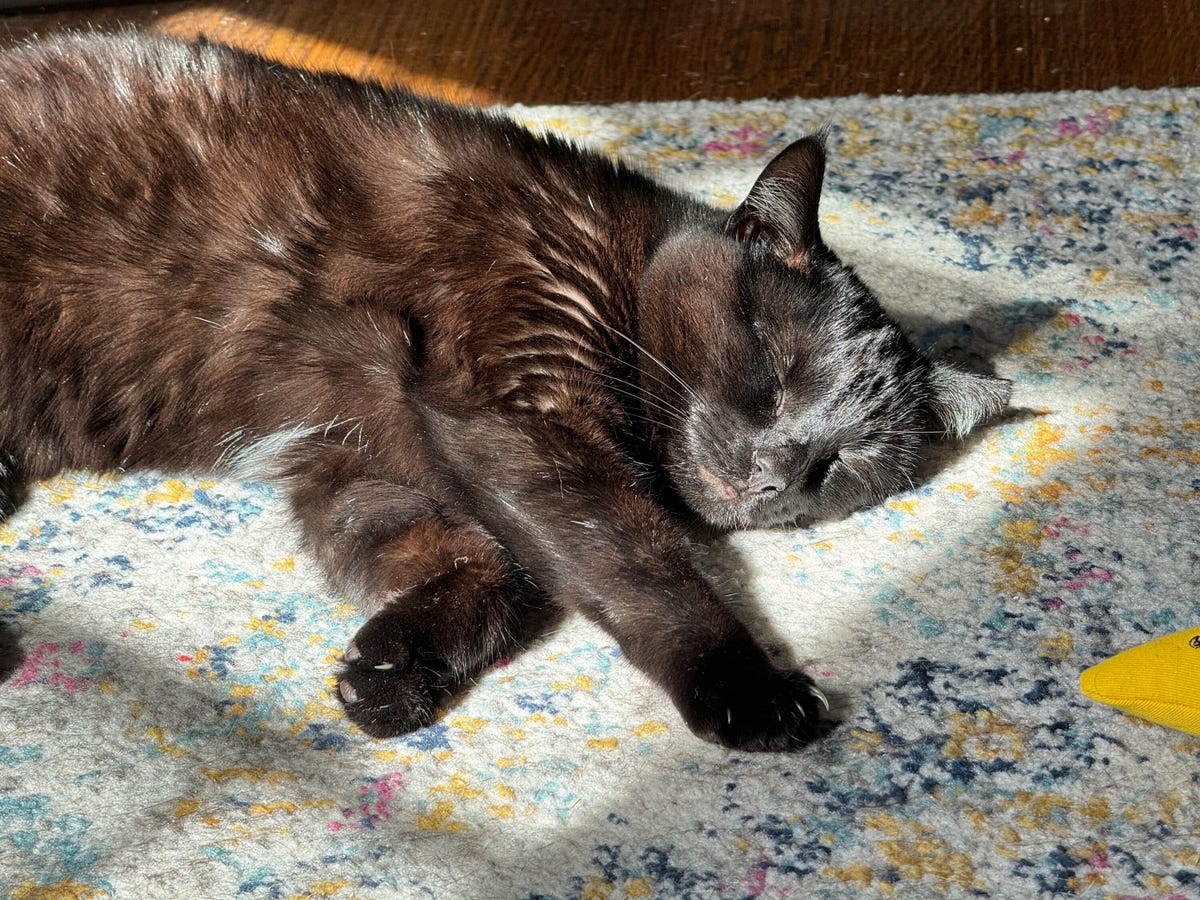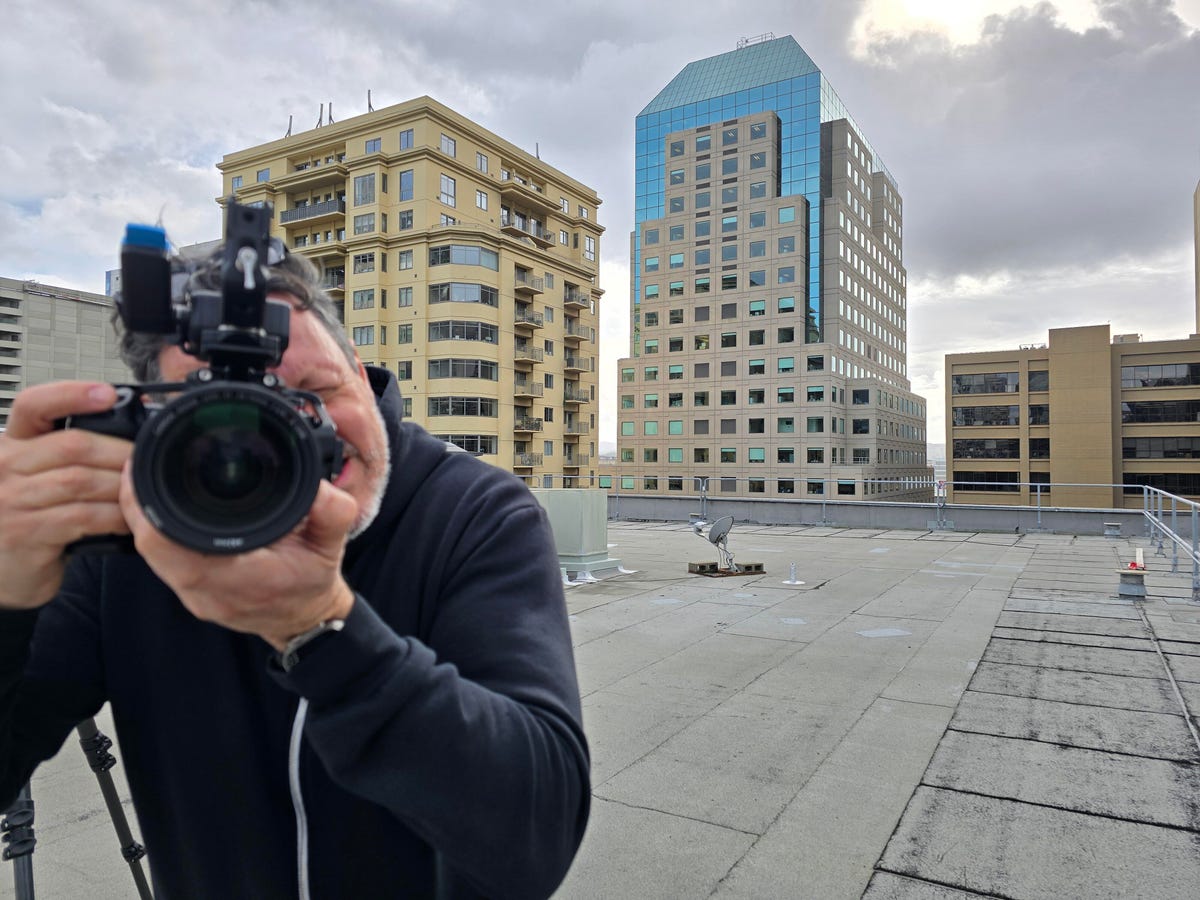Two premium phones have different approaches to photography. The shiny titanium-clad and -colored $1,300 Samsung Galaxy S24 Ultra comes with four rear cameras, including two dedicated to zooming and one with a 200-megapixel sensor. Apple’s titanium-clad and -colored $1,200 iPhone 15 Pro Max packs three rear cameras, one for zooming and a main one with a 48-megapixel sensor.
Let me state the obvious: Both capture some of the absolute best photos you can take from any phone today, especially in challenging environments like high-contrast scenes (think a sunset) or places where the lighting is dim (think a restaurant).
Read more: Best Phone to Buy for 2024
Before I took a single snap, I expected the S24’s array of zoom cameras to handle distanced subjects better. And yet I also knew that Apple is no slouch and might bury Samsung’s best efforts with the iPhone’s masterful photo processing and video image quality. How do they stack up against each other?
I took them around San Francisco to find out.
After I shot hundreds of photos and videos with both phones and compared them side by side, a more complex reality revealed itself, with the iPhone and Ultra excelling in some situations and struggling in others.
Cutting-edge camera hardware, apps
The iPhone 15 Pro Max has a trio of lenses: wide, ultrawide and telephoto. The main camera has a 48-megapixel sensor, while the other two have a resolution of 12 megapixels. There’s a bit of a gulf in terms of zooming between the main 1x camera and the 5x telephoto. And that’s where the differences between the two phones start to reveal themselves.
The Galaxy S24 Ultra has a similar trio of lenses but adds a second telephoto, with a 3x zoom level. Think of it as if Apple took the 15 Pro Max and added the iPhone 15 Pro’s dedicated 3x telephoto to the back, thus creating an actually nonexistent iPhone 15 Ultra with both 3x and 5x cameras.
Camera hardware specs compared
That’s a lot of damn cameras. Remember the days when phones had just one?
The S24 Ultra’s main camera has a 200-megapixel sensor, and the new 5x telephoto camera has a 50-megapixel one. Both Apple and Samsung use their main camera’s high resolution sensor (and in Samsung’s case the one on the Ultra’s 5x telephoto camera) to combine multiple pixels to create 12-megapixel photos that are brighter and have more detail and less image noise. The phones can also use sensor crop to effectively turn the main 1x shooter into a 2x camera that takes 12-megapixel photos (without pixel binning). It’s curious that the Ultra’s 3x 10-megapixel camera takes 12-megapixel images. Where does it get those two extra megapixels from?
In regard to the shooting experience, I love the S24 Ultra’s new screen, which is far less reflective than the iPhone’s. I don’t have trouble seeing what’s on the 15 Pro Max, even in direct sunlight, but the Ultra’s display feels more immersive because there’s less glare when taking photos.
